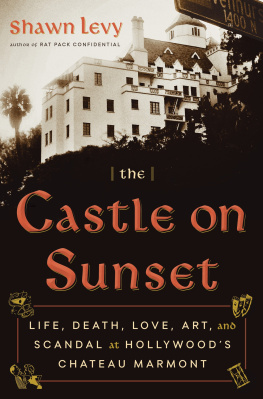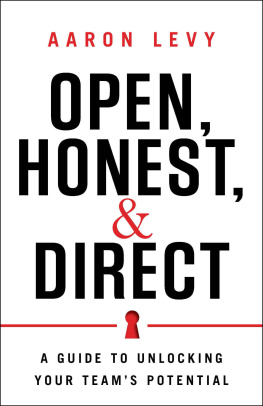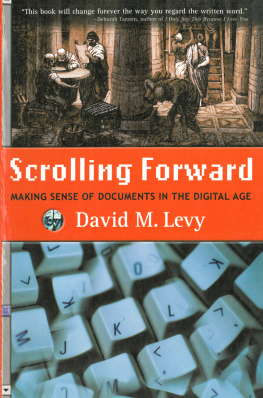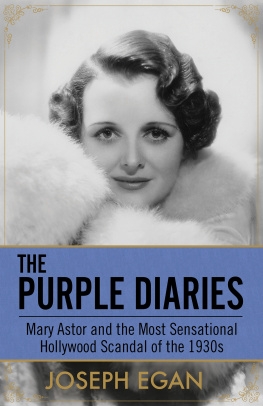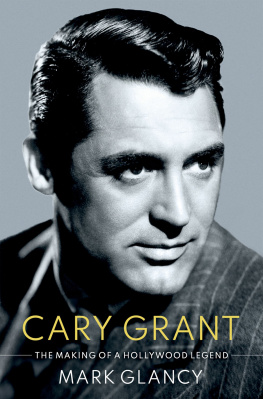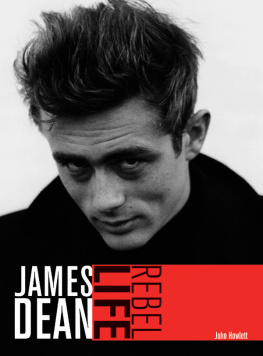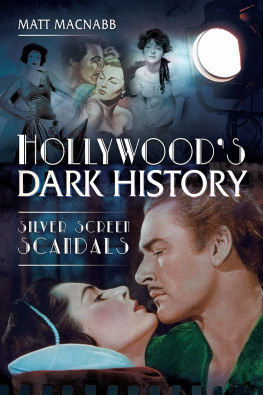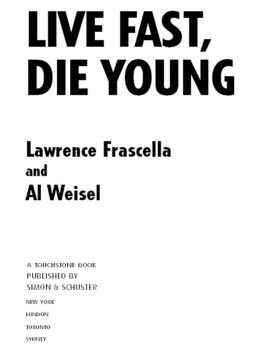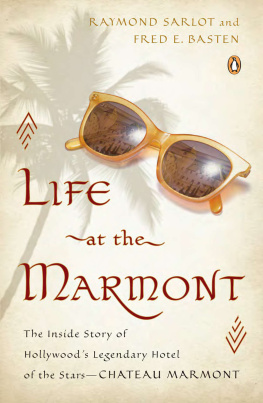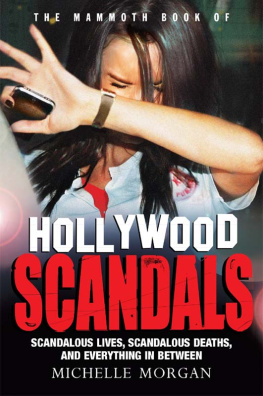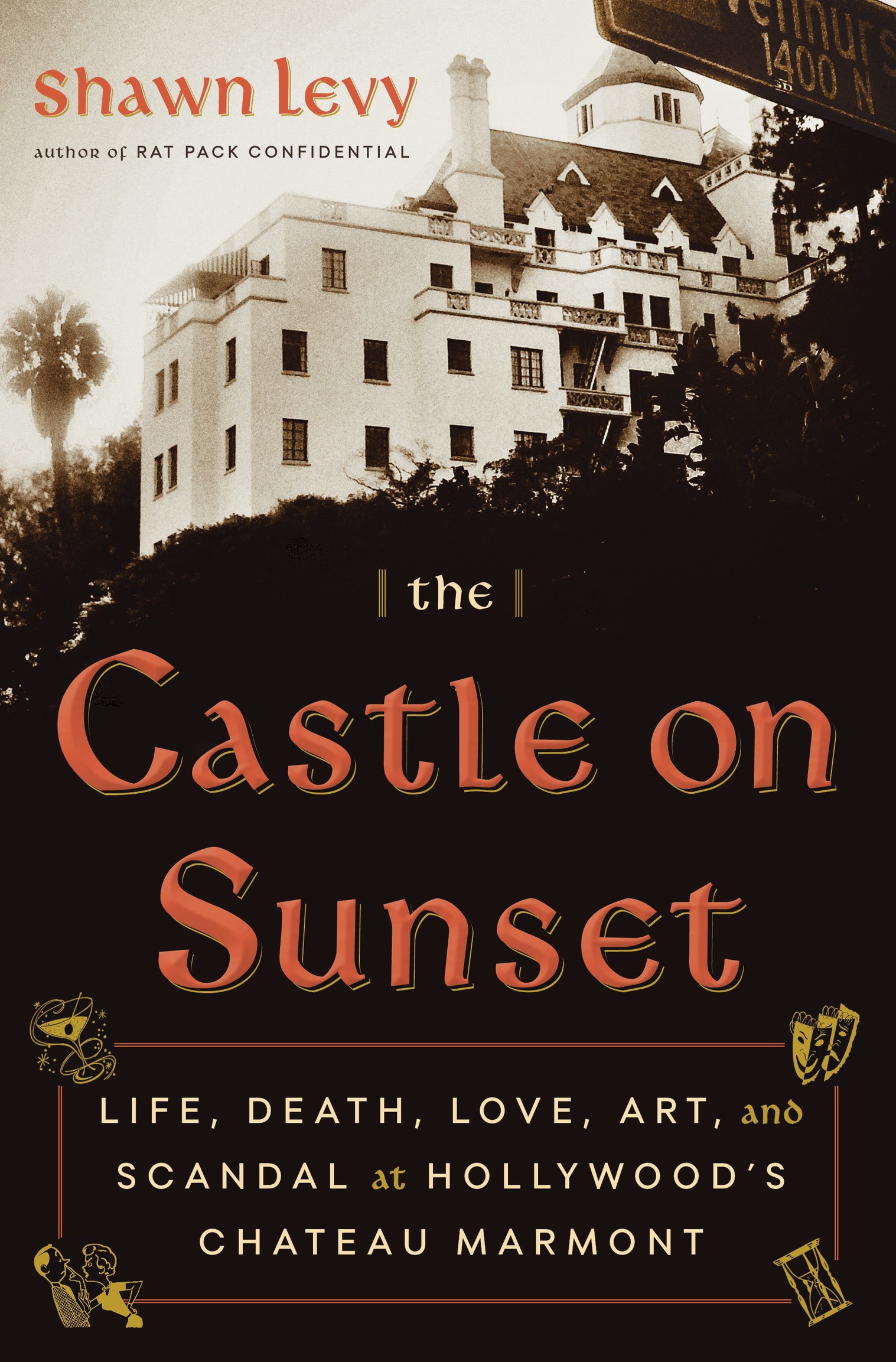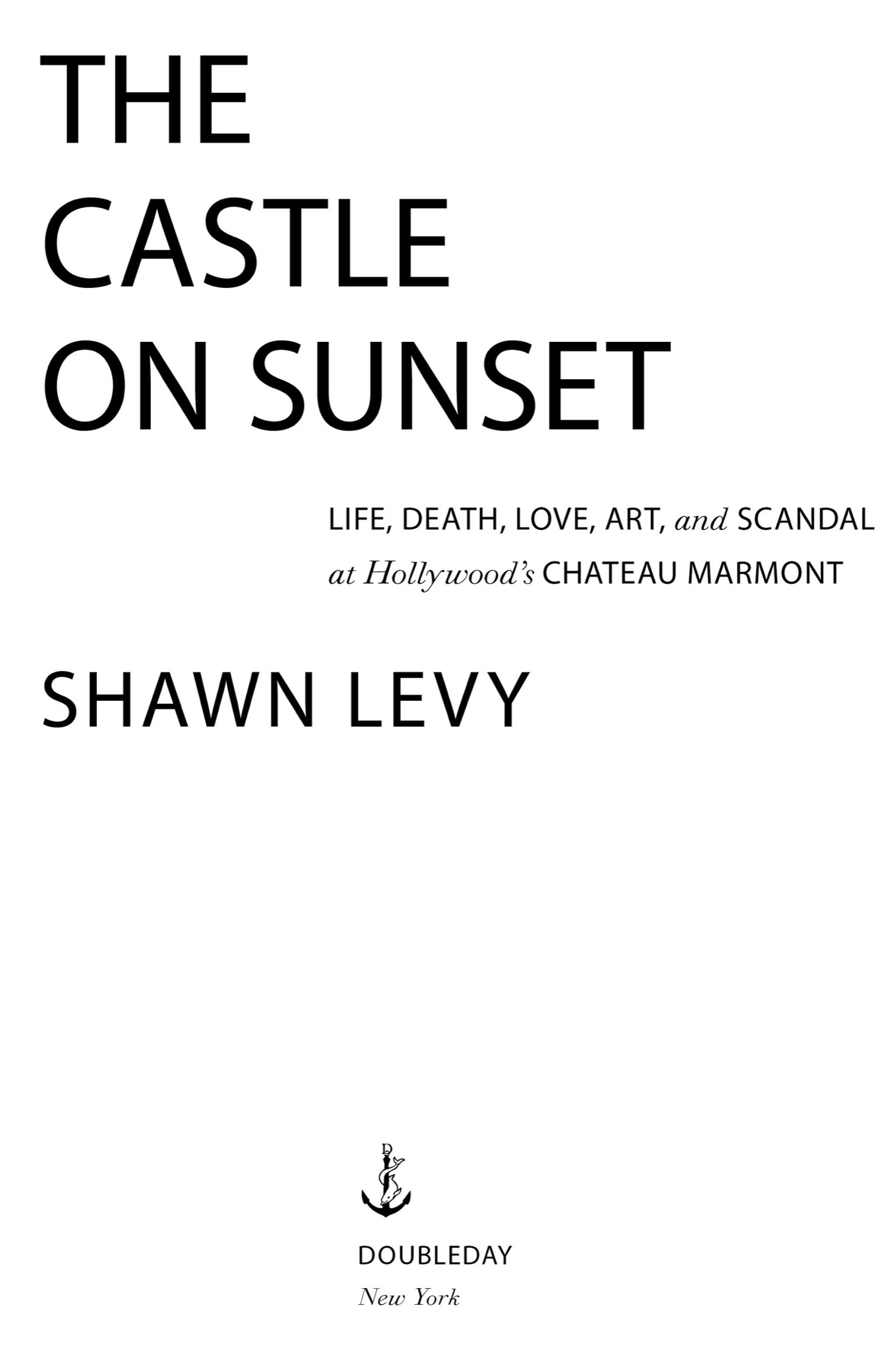ALSO BY SHAWN LEVY
Dolce Vita Confidential: Fellini, Loren, Pucci, Paparazzi, and the Swinging High Life of 1950s Rome
De Niro: A Life
The Rat Pack
Paul Newman: A Life
The Last Playboy: The High Life of Porfirio Rubirosa
Ready, Steady, Go! The Smashing Rise and Giddy Fall of Swinging London
Rat Pack Confidential: Frank, Dean, Sammy, Peter, Joey, and the Last Great Show Biz Party
King of Comedy: The Life and Art of Jerry Lewis
Copyright 2019 by Shawn Levy
All rights reserved. Published in the United States by Doubleday, a division of Penguin Random House LLC, New York, and distributed in Canada by Random House of Canada, a division of Penguin Random House Canada Limited, Toronto.
www.doubleday.com
DOUBLEDAY and the portrayal of an anchor with a dolphin are registered trademarks of Penguin Random House LLC.
Cover photograph by Henk Meyers/Alamy
Cover design by John Fontana
Library of Congress Cataloging-in-Publication Data
Names: Levy, Shawn, author.
Title: The castle on Sunset : life, death, love, art, and scandal at Hollywoods Chateau Marmont / by Shawn Levy.
Description: First edition. | New York : Doubleday, a division of Penguin Random House LLC, [2019] | Includes bibliographical references.
Identifiers: LCCN 2018023441 (print) | LCCN 2018024805 (ebook) | ISBN 9780385543170 (ebook) | ISBN 9780385543163 (hardcover)
Subjects: LCSH: Chateau Marmont (Los Angeles, Calif.)History. | Hollywood (Los Angeles, Calif.)History20th century. | Motion picture actors and actressesLos AngelesBiography. | CelebritiesCaliforniaLos AngelesBiography. | Hollywood (Los Angeles, Calif.)Biography. | Hollywood (Los Angeles, Calif.)Social life and customs20th century.
Classification: LCC TX941.M366 (ebook) | LCC TX941.M366 L48 2019 (print) | DDC 647.95794/94dc23
LC record available at https://lccn.loc.gov/2018023441
Ebook ISBN9780385543170
v5.4
ep
FOR RICHARD PINE
rabbi, consigliere, ninja, chum
Contents
INTRODUCTION
THEY SAY THAT LOS ANGELES DOESNT TREASURE ITS PAST.
How, then, to explain Chateau Marmont?
For nearly ninety years, as a city and a world changed utterly around it, this unique building, perched above a famous road in West Hollywood, has stood steadily as an oasis of quiet, gentility, privacy, and bohemian charm, a clubhouse for people too rich and famous to belong to clubs, a bolt-hole, a trysting place, a recovery room, a hideaway, an opium den, an atelier, a last resort.
A snow-white fairy castle with slate-gray roofs, a dozen or so gables, and a dominating turret, it sits on a hill overlooking one of Southern Californias busiest and most famous streets and has appeared, from the day it opened, as if it came from another world entirely. The Chateau is a fluke, a marvelous fluke, according to the architecture critic Edgardo Contini. In the midst of endless low-rise, it is a striking high-rise, like a cathedral in a medieval town. And its singular appearance houses an equally singular history.
From Greta Garbo to Howard Hughes, Bette Davis to Marilyn Monroe, Jim Morrison to Tony Randall, Johnny Depp to Lindsay Lohan, Chateau Marmont has drawn the most iconoclastic and outlandish personalities from the worlds of film, music, and other creative arts. It has been the site of wild parties and scandalous liaisons, of creative breakthroughs and marital breakdowns, of one-night stands and days-long parties, of famous triumphs and untimely deaths.
It was built with a mind toward luxury, status, permanence; it became known for privacy, discretion, transience. It began as a dream of high living, settled into a steady hum of quiet gentility, then slipped into something more like practical value, gradually devolving into shabbiness, nearly becoming a dive, its arc mirroring the rise, plateau, and fall of the neighborhood in which it sat. But the Chateau never lost its place near the heart of the cultural story of the day, even as the tenor of that day changed again and again. And in the twenty-first century, when, by the arithmetic of Hollywood, it ought to have become anathema simply by virtue of its age, it turned out to be more robust than ever, chic and glamorous and glowing as never before, lifting its environs along with it into a prosperous new era.
People from all walks of life have found in Chateau Marmont a place to get their bearings while navigating the unfathomable depths of Los Angeles or, in particular, the shark-infested shallows of Hollywood. And people who know those waters well have relied on the Chateau as a patch of dry landprivate, quiet, undemanding, even serenewhere they could recuperate, revive, create, cavort, or otherwise behave in ways that they wouldnt necessarily at home.
Over the years, the Chateau has responded to this need for restorative isolation with tolerance and comfort, provided by a staff that could be relied upon to say nothing of what went on before their eyes or under their noses. You can have a very, um, elaborate social life there, if you like, said the actress Geraldine Fitzgerald, or you can live the nuns life, very monastic. Or, as another frequent visitor put it, Just check in at the desk, and nobody ever need see you again. You could die here if you wanted, and they wouldnt always be bothering you, sticking notes under your door.
Hollywood has hotels that are more luxurious, handsome, exclusive, and prestigious, with bigger rooms and grounds, with finer restaurants, with shops and tennis courts and day spas and nightclubs and VIP services and other amenities. But it has only one Chateau Marmont, its castle on a hill, guarding secrets since before movies could talk or Sunset Boulevard was completely paved.
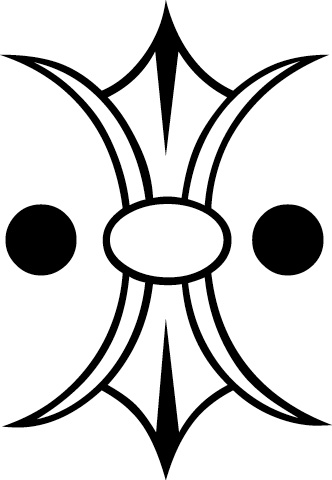
The Chateau has spent nearly a century perched on the eastern edge of the Sunset Strip like the Rock of Gibraltar, a landmark defining a transition, a way station giving harbor to vagabonds, a milestone, a sentinel, a keep. For all that, the building long managed a kind of anonymity. Everyone has heard about it; everyone knows it on sight; everyone has trafficked rumors about it; and everyone who is anyone has at one time or another visited it. But until John Belushis tabloid-feeding death-by-misadventure on the premises, more than fifty years after the hotel opened, relatively few Los Angeles residents outside the world of show business could say exactly where the Chateau was or precisely name the castle-like edifice on the hillside where Sunset Boulevard melts into the Sunset Strip. People who commuted past it daily for years recognized it and knew it wasa mansion, maybe, or a dormitory, or something to do with the movies or Scientology or some cult. It was an architectural curiosity even in a town where the vernacular building style was as coherent as a salad bar, seemingly parachuted into the most modern of streets from some other place and time. It barely announced its presence, sporting a minimal sign that passersby might even mistake as pointing to some other building. It didnt advertise. It simply

